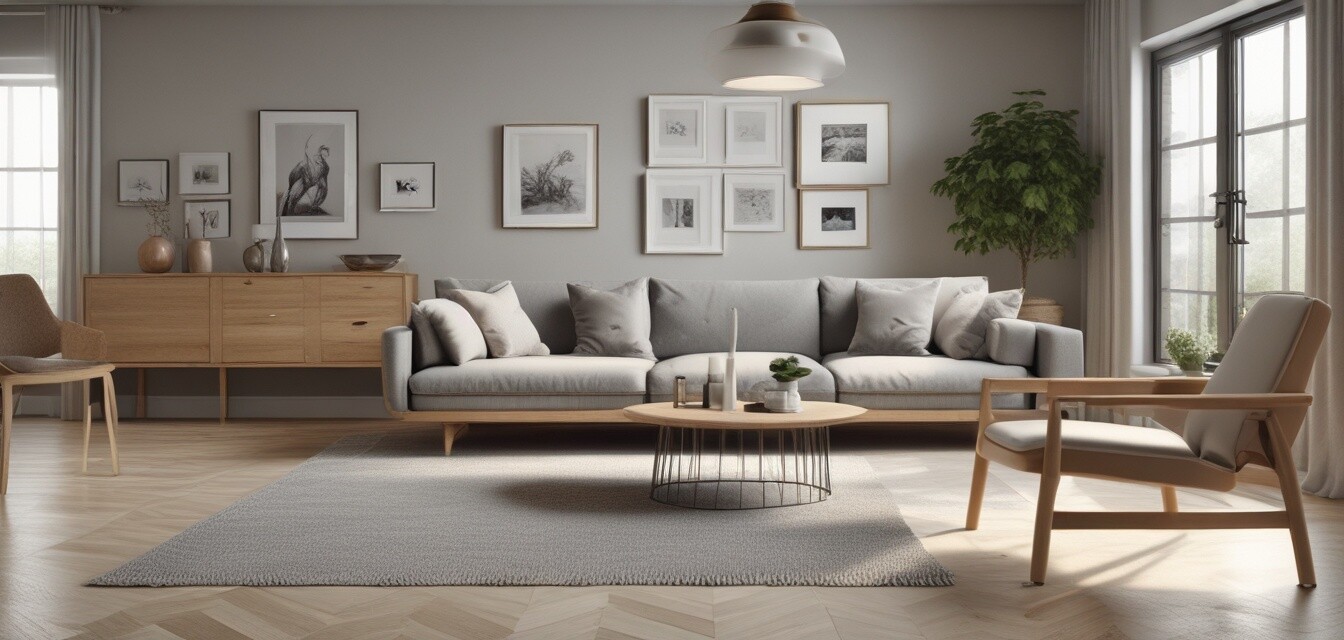
The Influence of Scandinavian Design on Solid Oak Furniture Trends
Key Takeaways
- Scandinavian design emphasizes minimalism, functionality, and natural materials.
- Solid oak furniture combines traditional craftsmanship with modern aesthetics.
- Consumer preferences are shifting towards sustainable and versatile design.
- Color palettes and textures in Scandinavian design influence current oak furniture trends.
- The fusion of heritage and modern elements is key to solid oak furniture innovation.
In recent years, Scandinavian design has become a popular trend in the world of home decor, particularly influencing the designs of solid oak furniture. Known for its clean lines, functionality, and minimalism, this design philosophy pairs beautifully with the natural beauty and resilience of solid oak. In this article, we will explore how Scandinavian design principles shape current trends in solid oak furniture, focusing on various aspects such as materials, aesthetics, and functionality.
Key principles of Scandinavian design
Understanding the fundamental principles of Scandinavian design is essential to appreciate how it affects solid oak furniture trends. Here are some of the key elements:
- Minimalism: Scandinavian design embraces simplicity and a clutter-free environment. Furniture is designed with clean, geometric lines and subtle shapes that evoke a sense of calm.
- Functionality: Every piece of furniture will serve a purpose. Multi-functionality is often considered to maximize space, which is essential in smaller living areas.
- Naturality: There is a strong inclination toward using natural materials, particularly wood, that adds warmth and character to an environment. Solid oak is a top choice due to its durability and aesthetic appeal.
- Light Colors: A light and neutral color palette is favored, with whites, soft grays, and light pastels dominating the space, creating an airy and spacious feel.
- Connection to Nature: Bringing the outdoors in is a vital concept; furniture is designed to reflect the natural world, often incorporating organic shapes and finishes.
How Scandinavian aesthetics influence solid oak furniture
The influence of Scandinavian aesthetics on solid oak furniture is evident in various ways, affecting both form and function. Below, we look at how these trends manifest in different contexts:
| Aspect | Scandinavian Influence | Solid Oak Furniture Alignment |
|---|---|---|
| Design | Simple lines and shapes | Structured yet smooth contours |
| Materials | Natural woods, mainly light-colored | Use of high-quality oak for durability |
| Colors | Pale and neutral tones | Often finished in light stains or left natural |
| Functionality | Multi-purpose, practical use | Furniture is designed to be functional and adaptable |
| Textural elements | Focus on tactile textures | Natural wood grains enhance visual appeal |
Consumer preferences shifting towards sustainable designs
As consumers become more environmentally conscious, there is a growing preference for sustainable materials in furniture production. Solid oak, known for its sustainability and longevity, fits perfectly into this trend. Many furniture makers are adopting eco-friendly practices in sourcing and manufacturing, ensuring their products align with modern values.
Emerging trends in solid oak furniture design
The combination of Scandinavian design principles with solid oak furniture leads to several emerging trends worth noting:
- Hybrid Styles: Modern interpretations blend traditional craftsmanship with contemporary design elements, appealing to a wider audience.
- Modular Furniture: As urban living spaces shrink, modular designs allow consumers to adapt and change their space with ease, reflecting Scandinavian functionality.
- Eco-Friendly Finishes: Natural oils and water-based finishes are becoming the norm, showcasing the wood's beauty while maintaining its ecological integrity.
- Lightweight Designs: Furniture that is easy to move is in demand as people seek versatile options that can adapt to different needs and occasions.
- Focus on Handcrafting: The story behind each piece is essential; handcrafted furniture displays unique qualities and adds character to homes.
Conclusion
Scandinavian design continues to play a significant role in transforming solid oak furniture trends. The emphasis on minimalism, functionality, and natural materials meets the desires of modern consumers for sustainable and versatile home solutions. Those looking to elevate their living spaces with solid oak furniture while integrating the calm, serene aesthetics of Scandinavian design will surely find numerous options that resonate with this approach.
Pros
- Timeless appeal from Scandinavian design influences.
- Natural beauty and durability of solid oak.
- Sustainable and eco-friendly options are widely available.
- Functional designs cater to modern living.
Cons
- Often comes at a higher price point.
- Limited availability of certain designs or styles.
- Requires maintenance to keep the finish looking new.
For more insights into the latest home decor trends, check out our other articles on News and Trends or dive into our comprehensive buying guides for specific pieces like Dining Tables and Coffee Tables.
Embrace the timeless character of solid oak furniture paired with the elegance of Scandinavian design to create a space that reflects your personal style and values.